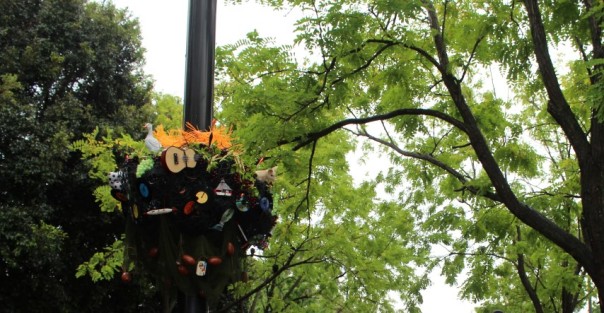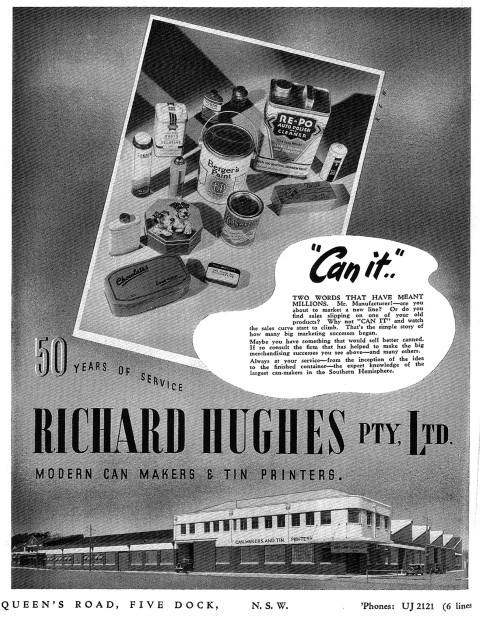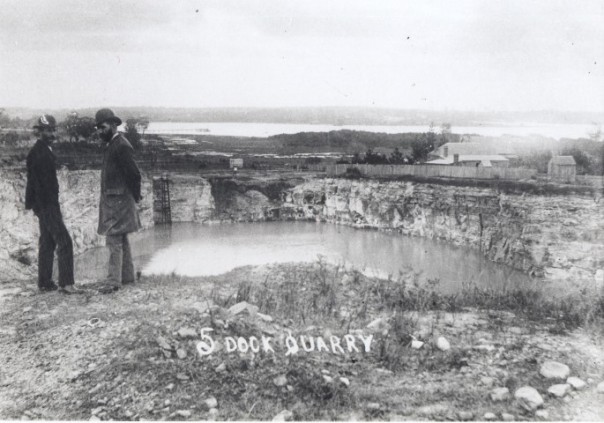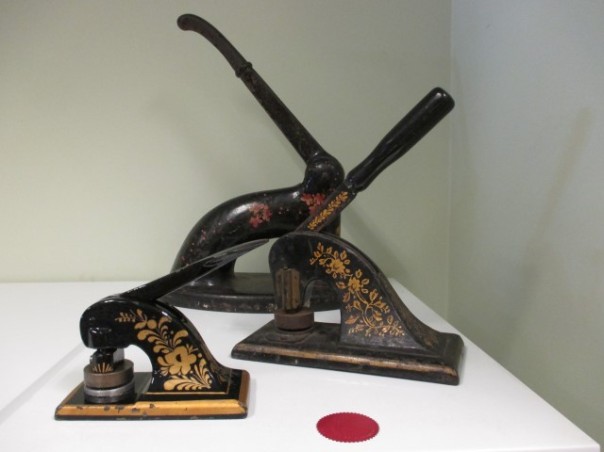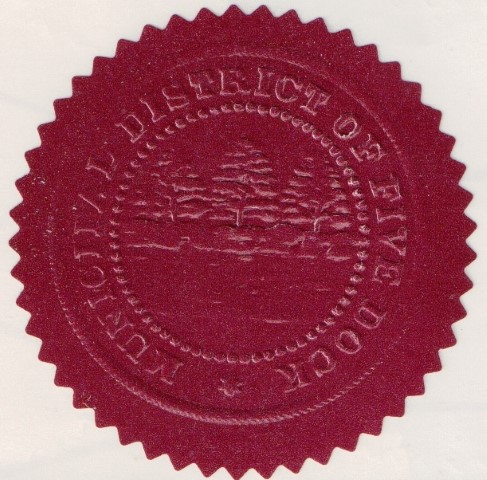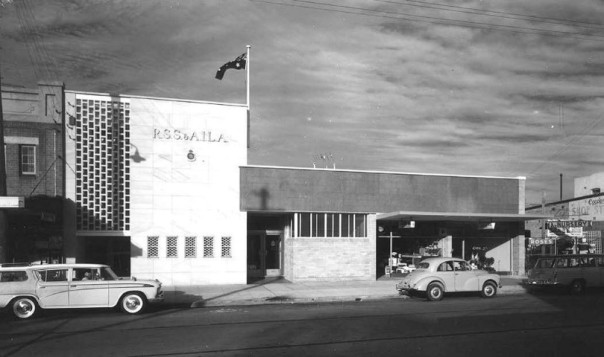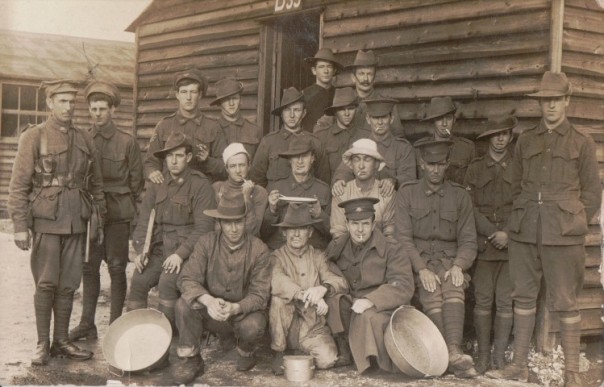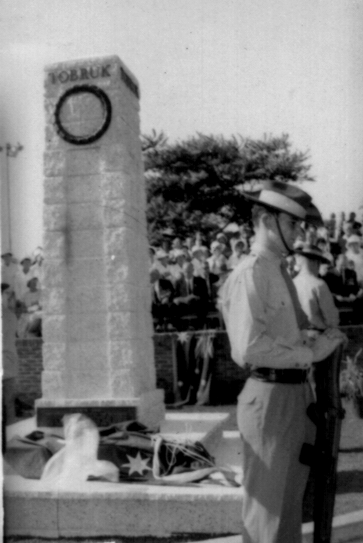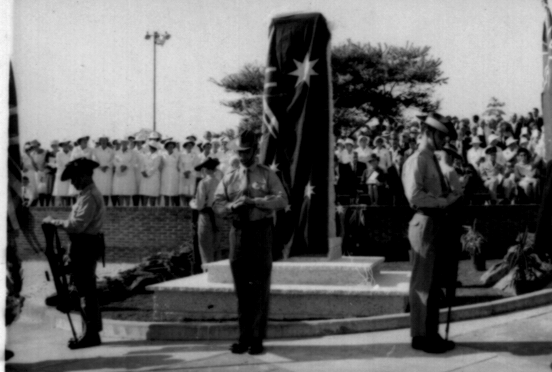Blog Archives
Fun, food and Ferragosto
This year marks the twentieth anniversary of Ferragosto, Five Dock’s fabulous celebration of all things Italian.
To celebrate this year’s event, an exhibition at Five Dock Library looks back at twenty years of fun, food and people which combine to make Ferragosto the vibrant street fair that it is. The exhibition features a digital frame which glides through 100 images from past years.
Ferragosto this year will be held along Great North Road, Five Dock on Sunday, 20 August. The exhibition continues at Five Dock Library until 31 August 2017.
The photograph shows performers (in the tradition of commedia dell’arte) at last year’s Ferragosto.
Rosebank turns 150
From modest beginnings in 1867, Rosebank College has grown and evolved over 150 years to make an outstanding contribution to the education of young people.
Three Good Samaritan Sisters opened a school at Albina Villa, an old house near Parramatta Road, Concord in mid 1867. In the following year, the Rosebank property at Five Dock became available and was purchased for the school.
The fascinating story of the Rosebank College’s growth and development over the past 150 years is told in the recently published book Sursum Corda, lift up your hearts by Thomas Westenberg. The photograph, above, from the book shows students studying algebra about 1910.
La Piazza Parlante
A new art installation The Italian Talkative Square – La Piazza Parlante in Fred Kelly Place, Five Dock, celebrates the area’s rich Italian heritage through a blend of art and oral history.
Artist Marta Ferracin collected stories told by older members of the Italian community who came to Australia from the Aeolian Islands, Sicily, central and southern regions of Italy. Marta gathered the stories from community meeting points such as Fred Kelly Place, All Hallows Catholic Church and Club 5 Dock. Many arrived in Australia with little more than the clothes they wore. Some boarded a ship bound for Australia believing the journey would take only two or three days. All contributed much to the wonderful diversity of our area.
Three colourful sculptural works in Fred Kelly Place are the focal point of stories which are broadcast on the themes of ‘Emigration’ (blue spikes) playing Thursday – Saturday 10:00 – 10:50am (or 11 – 11:50am during daylight saving time), ‘Tradition’ (yellow spikes) playing Thursday – Saturday 3 – 3:45pm (or 4 – 4:45pm during daylight saving time) and ‘Characters’ (orange spikes) playing Thursday – Saturday 5 – 6pm (or 6 – 7pm during daylight saving time).
For more information and photographs see artpharmacy consulting. A wonderful video of the work can be viewed on vimeo.
‘Can it’
In 1951 the company Gadsden-Hughes was formed by the merger of J. Gadsen Pty Ltd and Richard Hughes Pty Ltd, two of Sydney’s largest tin and metal container makers.
J. Gadsden Pty Ltd began in Melbourne in 1889 when Jabez Gadsden started experimenting with the processes of printing on tinplate. In 1896 Gadsden imported a flatbed lithographic press from Britain and established a tinprinting and decorating works. The company produced the first printed can in Australia – a tea caddy commemorating the Diamond Jubilee of Queen Victoria. The company continued to expand and by 1936 operated twelve factories throughout Australia and New Zealand.
In Five Dock the firm of Richard Hughes Pty Ltd had similarly found a ready market for tin and metal plate containers. In a 1940 advertisement, above, the company claimed to be ‘the largest can-makers in the Southern Hemisphere’. Located at Queen Street, Five Dock the company was an important local employer, producing everything from paint cans for Berger to fancy chocolate tins.
The photograph below shows the Richard Hughes Pty Ltd factory in 1937.
(A special thank you to Lois at the City of Canada Bay Heritage Society for providing information)
Building blocks
Five Dock Quarry, near the corner of Great North Road and Lyons Road provided stone for building and road construction in the nineteenth century.
During the 1870s the Five Dock Quarry was operated by entrepreneur Thomas West who had interests in other quarries, brickmaking and horse racing. Although his business dealings resulted in him being twice bankrupted, Thomas West was nevertheless a highly respected member of the local community. From 1877-1887 and again in 1890-1894 he served on Five Dock Council and was Mayor in 1879-1880. For a time he lived at Fairlight house where he built stables for his race horses. In 1879 he had the misfortune of losing a hand and the sight of one eye in an explosion at Five Dock Quarry.
The Five Dock Quarry was filled in 1938 and later became the site of Five Dock RSL Bowling Club. Today, the site is yet again undergoing transformation and being redeveloped for apartments.
The photograph, showing the quarry in about 1890, is from the Mitchell Library (State Library of NSW) collection and is currently among images of the Great North Road on display at Five Dock Library until 17 October 2016. The Five Dock Methodist Church seen on the right of the photograph was undoubtedly built from blocks of stone quarried on the site.
Memorabilia catalogued
Over recent months the library has been recording memorabilia held by the City of Canada Bay.
Memorabilia such as certificates and trophies provide a record of the activities and achievements of Council and staff. Details and, where possible, images of the memorabilia have been added to the library’s catalogue, making them easily accessible to the community and researchers.
The photograph, above, shows nineteenth century seal presses held in the Local Studies collection. These were used by City of Canada Bay’s predecessor Councils, the Municipality of Concord (rear), Municipal District of Five Dock (centre) and Municipality of Drummoyne (front). A seal press was used to add Council’s seal to official documents.
Below is the Municipal District of Five Dock seal which incorporates the ‘five docks’ of Council’s namesake. Five Dock takes its name from an unusual sandstone formation along the Parramatta River near Howley Park which was thought to resemble small docks. Two of the ‘docks’ were later covered by the construction of the first Gladesville Bridge in 1881. Interestingly, the seal also depicts trees which are presumably the same ones that can be seen at Howley Park today.
A hundred years of service
This year marks the centenary of the formation of the RSL.
In June 1916 the Conference of Returned Soldiers’ Association recommended the formation of the Returned Sailors & Soldiers Imperial League of Australia (R.S. & S.I.L.A.). In September of the same year the first R.S. & S.I.L.A Congress was held with delegates from Queensland, Victoria, South Australia and Tasmania attending. New South Wales was admitted in March 1917.
The Five Dock RSL Sub-Branch is amongst the oldest clubs in Australia, having been issued with its Charter in 1918, two years after the RSL movement began in Australia. The Five Dock Sub-Branch included Abbotsford and Haberfield. Other Sub-Branches of the RSL were formed at Concord and North Strathfield.
The photograph shows the Five Dock RSL in the 1950s and is among photographs which illustrate the changing face of the Great North Road currently on display at Five Dock Library.
Along the Great North Road
An exhibition at Five Dock Library highlights the changes along the Great North Road over more than a century.
The Great North Road was built using convict labour between 1826 and 1836 and extended 240 kilometres north from Sydney to the Hunter Valley. For its time, the road was a significant engineering achievement and today a section has World Heritage listing.
The Five Dock to Abbotsford section of the road is the only section still retaining the original name, ’Great North Road’.
The land either side of the Great North Road was originally all part of one large land grant to Surgeon John Harris in 1792 and known as Five Dock Farm. In 1837 the land was subdivided into smaller lots by auctioneer Samuel Lyons. The area remained largely semi-rural until the introduction of a tram service in the 1890s promoted further subdivision of the area for housing.
The photograph shows a tram near the Abbotsford terminus in the 1890s. One imagines the well-dressed crowd may well have been spectators at one of the many rowing contests along the Parramatta River in that period.
The display continues at Five Dock Library until the end of 17 October 2016. There’s an album of the images on the library’s flickr page.
An album of memories
A small display in the Local Studies area at Concord Library provides a glimpse into the story of two brothers who served in the First World War.
Margaret Jeffery lovingly collected the letters and postcards sent by her sons during the First World War in an album. One hundred years later they provide a very special glimpse into the lives of the soldiers and the conditions they experienced. Private Henry (Harry) Jeffery was killed in action in Belgium on the 4 October 1917, aged 19 years. His brother, Private Robert (Bob) Jeffery was only 15 years 8 months when he enlisted. He served in the Middle East until the Army found out he was underage and sent him back to Australia.
The photograph of soldiers, above, includes Harry Jeffery (second from the left, marked with a cross). The photograph may have been taken during training in Britain. The hut in the background would appear to be an army mess or kitchen, judging by the pots and utensils in the picture.
The Jeffery Album was generously donated to Local Studies by Christine Tracy, a descendant of the brothers, in 2014.
Tobruk anniversary
This year marks the 75th anniversary of the siege of Tobruk during the Second World War.
Five Dock has played a special part in the commemoration and remembrance of Tobruk. The photograph shows the unveiling of the Tobruk obelisk at the corner of Lyons Road and Great North Road by Sir Roden Cutler in 1968. It is modelled on the memorial at the Tobruk War Cemetery. Adjacent to the memorial is a row of trees planted by the Ladies of the Rats of Tobruk Association and the mast of the HMAS Vendetta which played a vital role in supply and reinforcement at Tobruk.
Each year veterans met at the memorial on ‘Tobruk Sunday’, the Sunday in April closest to the date when the siege began on 10 April 1941. Last year was the last occasion that the Tobruk veterans marched at Five Dock.
The 100 years of Anzac page includes some fascinating memories of Tobruk veterans.


